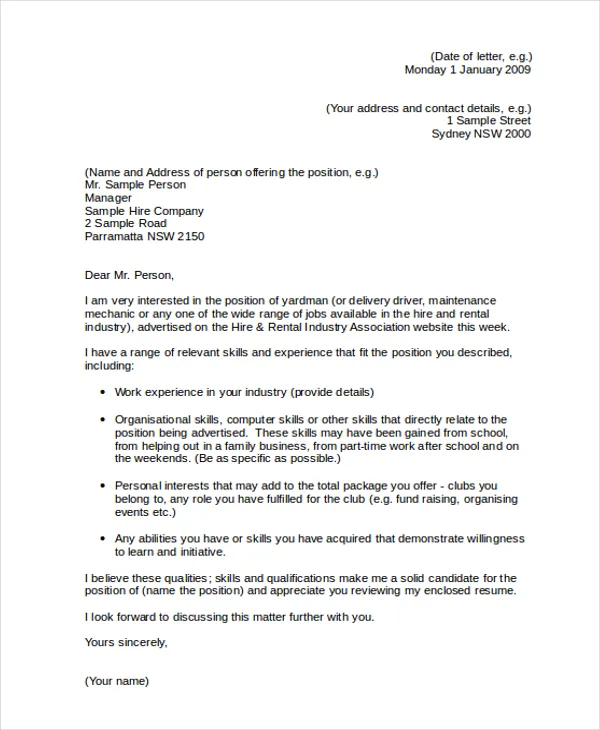Crafting the Perfect Job Application Letter
In the competitive landscape of job applications, a well-crafted cover letter can be the key to unlocking your career aspirations. It serves as your first introduction to a potential employer, offering a unique opportunity to showcase your personality, skills, and enthusiasm beyond the confines of your resume. This guide delves into the art of creating a compelling cover letter that makes a great first impression, ultimately increasing your chances of landing that coveted interview. Understanding the nuances of cover letter writing is crucial for anyone seeking to make a significant impact in their job search. Your cover letter can set you apart from the crowd, demonstrating that you’ve taken the time to tailor your application to the specific role and company.
Understanding the Importance of a Cover Letter
Why a Cover Letter Matters
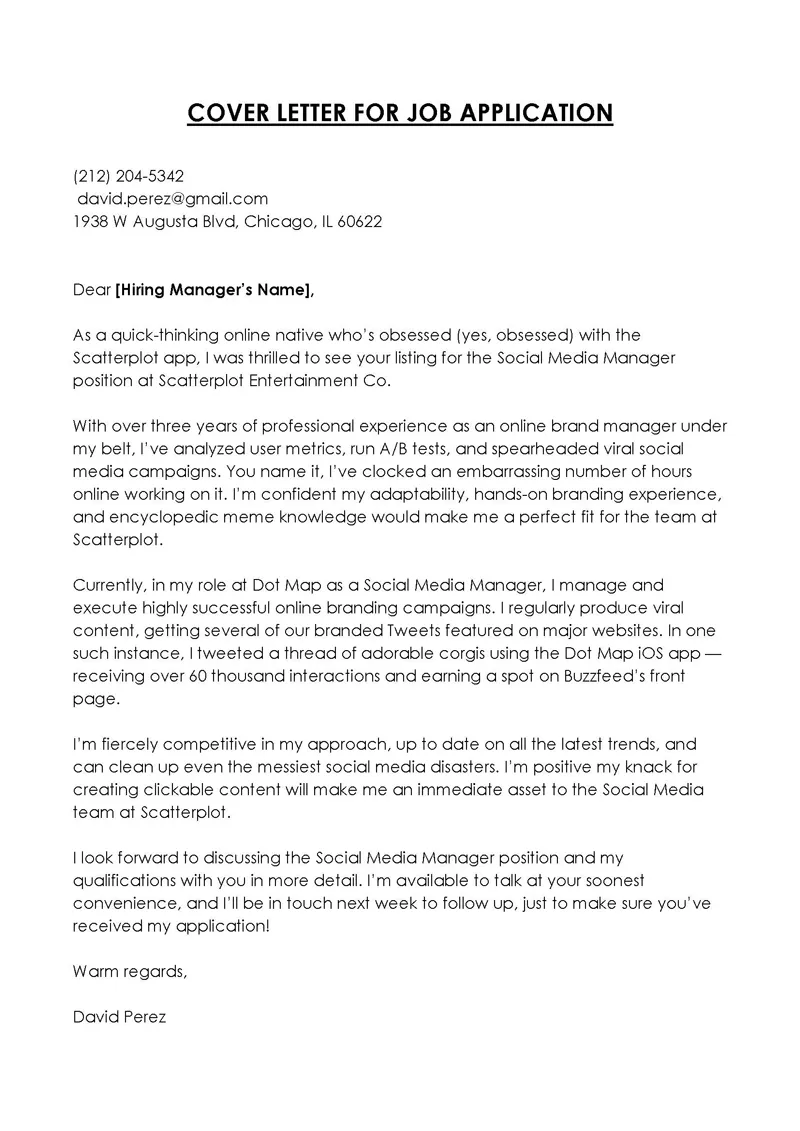
A cover letter is more than just an optional formality; it’s a crucial component of your job application. It’s your chance to tell a story, connecting your experiences and skills to the specific requirements of the job. Unlike your resume, which provides a factual overview of your background, the cover letter allows you to elaborate on your motivations, explain any gaps in your employment history, and demonstrate your genuine interest in the role and the company. It showcases your communication skills, your personality, and your ability to articulate why you are the perfect fit. By highlighting your passion and enthusiasm, you can create a lasting impression that sets you apart from other applicants.
Cover Letter vs Resume
The resume and cover letter serve different but complementary purposes. Your resume provides a concise summary of your professional experience, education, and skills. It’s a factual document, designed to quickly inform a hiring manager about your qualifications. In contrast, the cover letter allows you to expand on these facts. It’s your chance to demonstrate how your skills and experiences align with the specific job requirements and why you’re genuinely interested in the opportunity. The cover letter provides context, allowing you to paint a picture of your career aspirations and how you envision yourself contributing to the company’s success. It’s the narrative that brings your resume to life, highlighting your unique value proposition and making you more memorable.
Essential Elements of a Compelling Cover Letter
Header and Contact Information
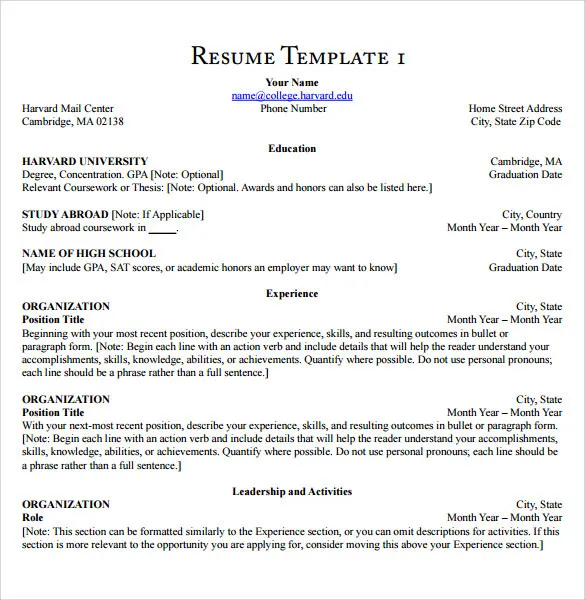
Begin your cover letter with a professional header that includes your full name, contact information (phone number and email address), and the date. If you know the hiring manager’s name, include their title and company address below your contact information. This creates a professional and organized first impression. Ensuring your contact information is accurate and up-to-date is crucial to ensure the hiring manager can easily reach you. Using a clean and easy-to-read format demonstrates your attention to detail and professionalism from the outset. This initial setup helps the recipient know who you are and how to get in touch.
Greeting and Salutation
Start your cover letter with a formal greeting. Ideally, address the hiring manager by name (e.g., “Dear Mr./Ms. [Last Name]”). Researching the hiring manager’s name demonstrates initiative. If the name isn’t available, use a professional greeting like “Dear Hiring Manager” or “Dear [Company Name] Hiring Team.” Avoid generic greetings like “To Whom It May Concern.” This personalization shows you’ve taken the time to prepare and are genuinely interested in the opportunity. A tailored greeting sets the tone for the rest of your letter, showing you’ve put in the effort to make a connection.
Body Paragraph 1 Introduction
Your first paragraph should immediately grab the reader’s attention. State the position you’re applying for and how you learned about the opportunity. Briefly mention why you’re interested in the role and the company. Keep it concise and enthusiastic. Make sure to immediately highlight the role you’re applying for. You might also mention a mutual connection or a specific achievement that sparked your interest. This opening sets the stage for your application and encourages the reader to continue reading, highlighting your enthusiasm right from the start. It should clearly and succinctly state your purpose and capture the reader’s attention.
Body Paragraph 2 Highlighting Relevant Skills and Experience
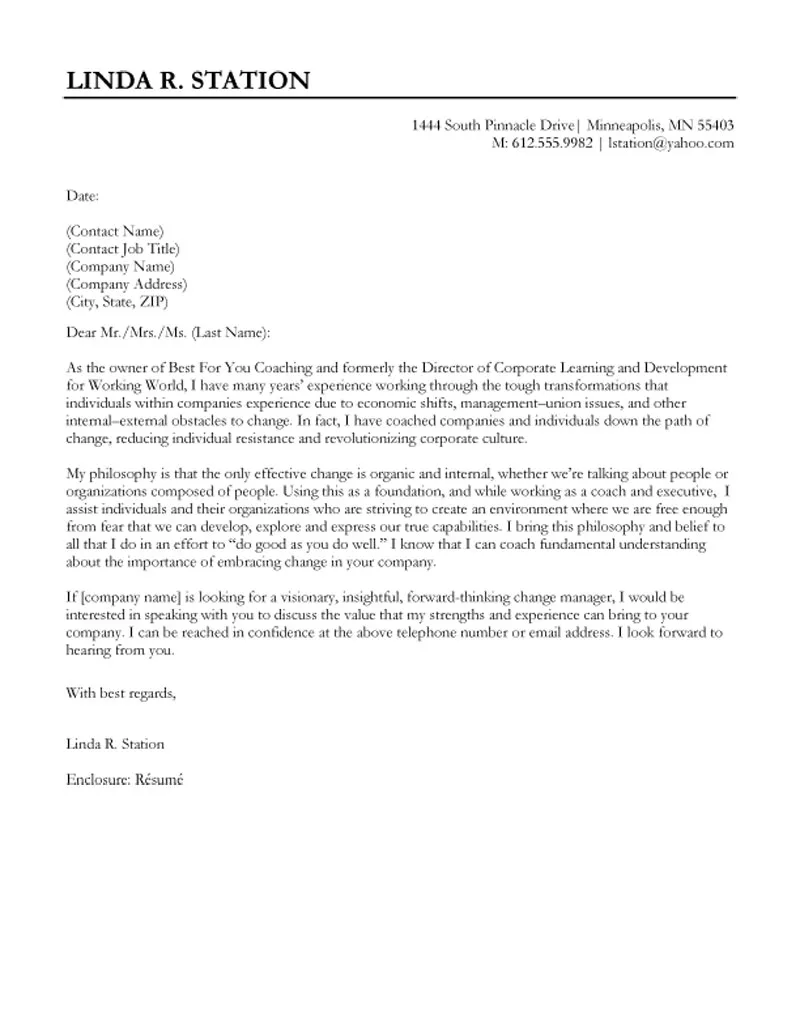
In the main body of your letter, showcase your skills and experience relevant to the job description. Use specific examples to illustrate your accomplishments. Quantify your achievements whenever possible. Instead of simply listing your responsibilities, demonstrate how you’ve used your skills to achieve results, using the STAR method (Situation, Task, Action, Result) to structure your examples. This is where you prove you’re a strong candidate. Highlight how your qualifications match the job requirements and how you can add value to the company. Tailor each example to the specific requirements outlined in the job description.
Body Paragraph 3 Showcasing Your Enthusiasm and Fit
Show your enthusiasm for the company and the specific role. Explain why you’re excited about the opportunity and how your values align with the company culture. Demonstrate that you’ve researched the company and understand their mission and values. Express how your long-term career goals align with the position. Avoid sounding generic; instead, show genuine interest. Personalize this paragraph to express your excitement for this specific job. This paragraph allows you to demonstrate how your personality and interests align with the company and position. Show genuine interest and a deep understanding of the company’s goals.
Body Paragraph 4 Call to Action
Conclude your cover letter with a clear call to action. Express your availability for an interview and reiterate your interest in the position. Thank the hiring manager for their time and consideration. Provide your contact information again, making it easy for them to reach you. Ensure you end your letter with a strong call to action. Make it clear that you are eager to move forward in the hiring process. Reiterate your enthusiasm and make it easy for the hiring manager to respond. A strong call to action demonstrates your proactive nature.
Closing and Signature
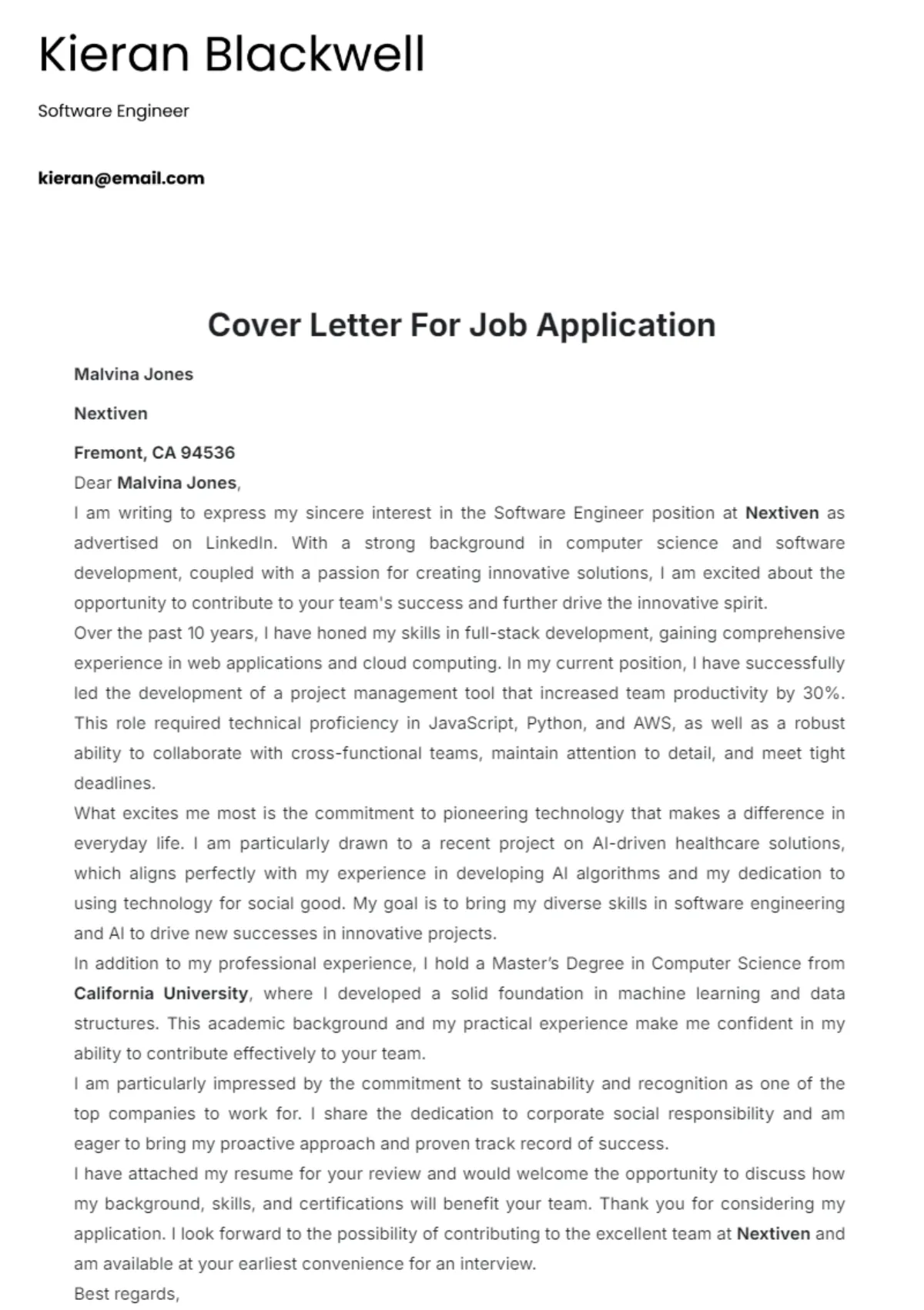
End your cover letter with a professional closing, such as “Sincerely” or “Best regards.” Leave space for your signature, if submitting a hard copy, and type your full name below. Ensure your closing is appropriate for the company culture and tone. Your signature completes the professional presentation of your application. A proper closing provides a final note of professionalism and respect. If sending an electronic version, your typed name is sufficient.
Formatting and Presentation Tips
Choosing the Right Font and Size
Use a professional and easy-to-read font, such as Times New Roman, Arial, or Calibri. Stick to a font size between 10 and 12 points for optimal readability. This ensures that your cover letter is both visually appealing and easy on the eyes. Using a standard font makes it easier for the hiring manager to focus on the content of your letter rather than struggling to read the text. A well-chosen font contributes to the overall professional appearance of your cover letter.
Using White Space Effectively
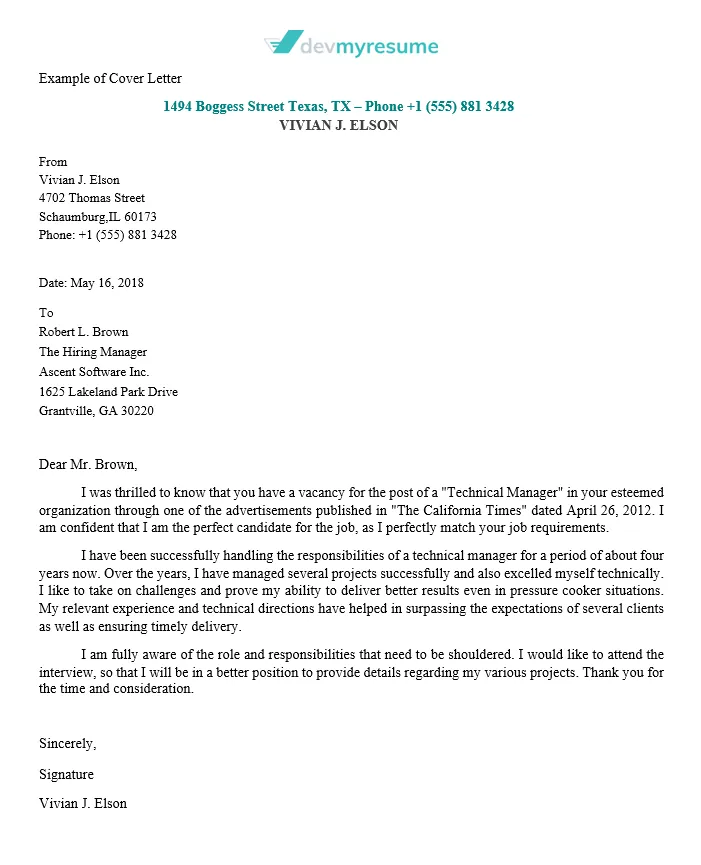
Use adequate white space to make your cover letter visually appealing and easy to read. Keep paragraphs concise, use bullet points to highlight key achievements, and avoid overcrowding the page. A well-formatted cover letter is more likely to be read thoroughly. Ample white space helps break up the text, making it easier for the hiring manager to scan and understand the key points. This improves readability and makes a better overall first impression.
Proofreading and Editing for Clarity
Thoroughly proofread your cover letter for any grammatical errors, typos, and inconsistencies. Ensure your writing is clear, concise, and professional. Have a friend or family member review your letter for a fresh perspective. A polished cover letter demonstrates attention to detail and professionalism. Proofreading is critical for making a good first impression. Errors can create the impression of carelessness or lack of attention to detail, which can negatively impact your chances of getting an interview. This step is essential for presenting yourself as a competent candidate.
Tailoring Your Cover Letter to the Job
Researching the Company and Position
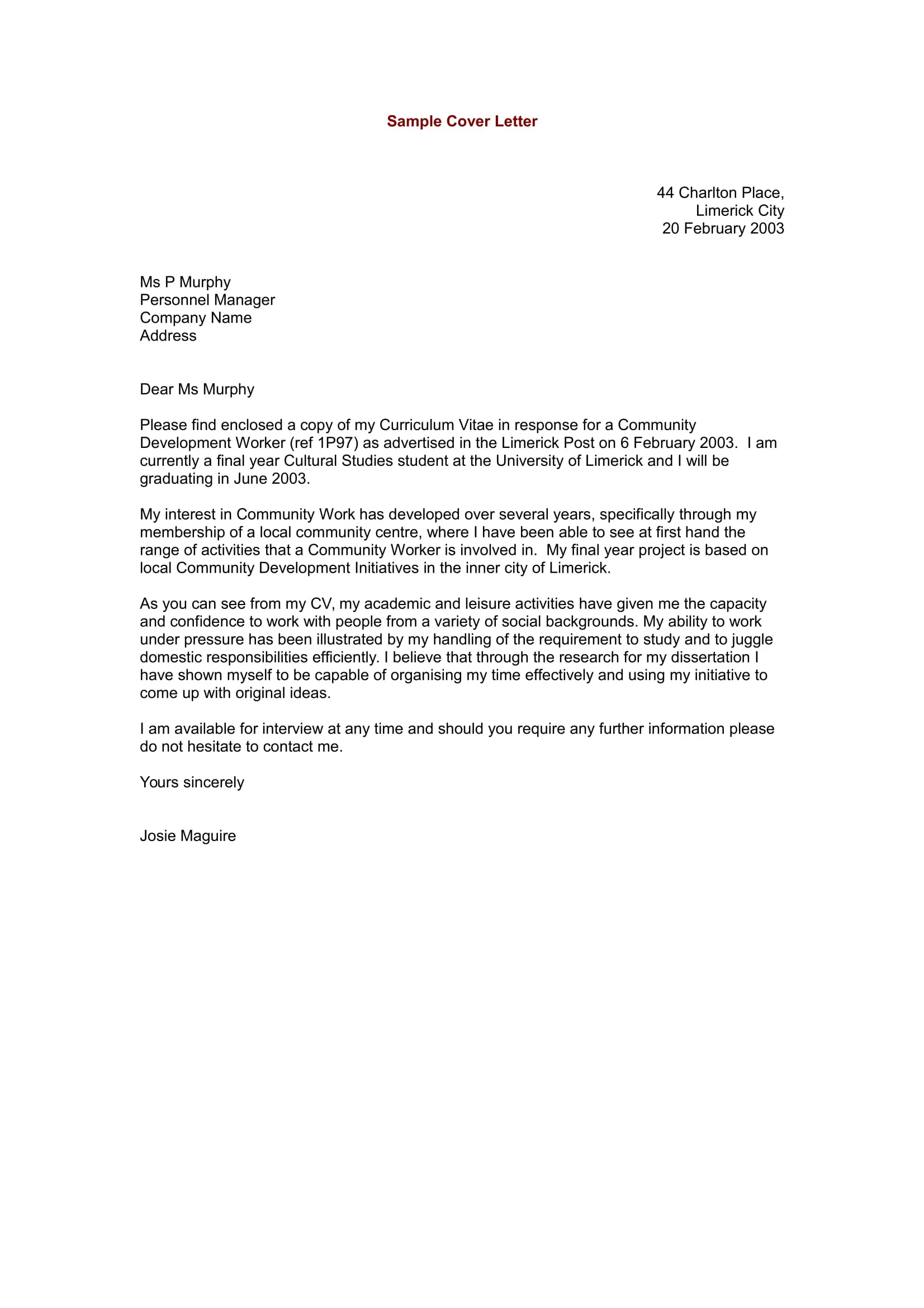
Before writing your cover letter, research the company and the specific role. Understand the company’s mission, values, and culture. Review the job description carefully, noting the key skills and qualifications required. Tailoring your letter to the specific job is critical to demonstrating your genuine interest. Understanding the company’s needs allows you to highlight the most relevant aspects of your experience. This research demonstrates your proactive approach and commitment to the application process. This will allow you to align your skills and experiences to demonstrate your ability to meet the job’s demands.
Using Keywords from the Job Description
Carefully review the job description and identify keywords related to the required skills and qualifications. Incorporate these keywords naturally into your cover letter to demonstrate that you meet the job’s requirements. This ensures your application gets noticed by applicant tracking systems (ATS) and hiring managers. Using keywords helps your application stand out to hiring managers, increasing the likelihood that they’ll review it thoroughly. This is important to make sure your qualifications are highlighted by the application system as being a good match for the role.
Highlighting Relevant Skills and Achievements
Focus on the skills and achievements that are most relevant to the job. Use specific examples to demonstrate how you’ve successfully applied these skills in previous roles. Quantify your achievements whenever possible to show the impact you’ve made. Focus your efforts on what makes you a strong match for the position. Highlighting your key accomplishments will demonstrate your abilities and the value you bring. This helps to quickly show the hiring manager how you’ve met and exceeded expectations in your previous roles.
Common Mistakes to Avoid
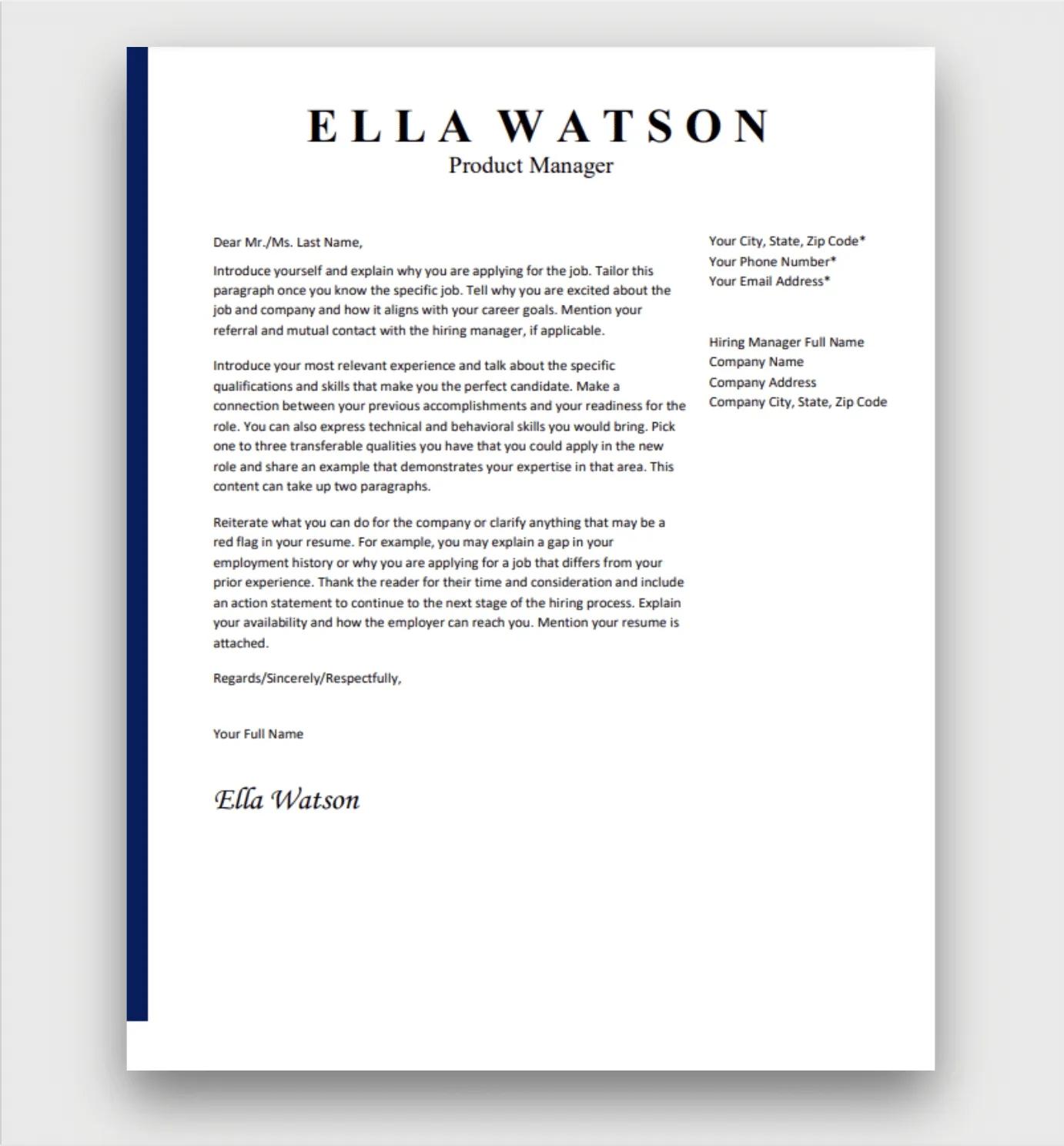
Generic Letters
Avoid sending generic cover letters that could be used for any job. Always tailor your letter to the specific position and company. Customizing your letter demonstrates that you’ve invested the time and effort to understand the role. Generic letters do not demonstrate your genuine interest in the opportunity. Generic cover letters fail to connect your qualifications with the job’s requirements. A customized cover letter gives you a significant advantage over other applicants.
Typos and Grammatical Errors
Carelessly written cover letters with typos and grammatical errors can significantly damage your chances. Always proofread your letter multiple times before submitting it. Errors suggest a lack of attention to detail and a lack of professionalism. Proofreading and editing are non-negotiable. Errors will reflect poorly on your communication skills. Ensure your cover letter is free of errors to make the best possible impression.
Focusing Solely on Yourself
While you need to highlight your skills and experience, avoid making the letter entirely about yourself. Focus on how your skills and experience can benefit the company. Demonstrate that you understand the company’s needs and how you can contribute to their success. The goal is to show how you can provide value to the employer. Focus on how you will help the company meet its objectives. Demonstrating how you fit their needs will resonate more effectively.
The Power of a Strong First Impression
Making a Positive Impact on the Hiring Manager
A well-crafted cover letter makes a great first impression, which is crucial in the job application process. By following these tips, you can create a compelling cover letter that showcases your skills, experience, and enthusiasm. A strong cover letter can set you apart from other applicants and increase your chances of landing an interview. Presenting yourself as a confident and well-prepared candidate can make all the difference. A cover letter allows you to make a memorable impression that makes hiring managers want to learn more about you and your qualifications.
